
How to Choose the Perfect Rainfall Shower Head for Your Bathroom Upgrade
When upgrading your bathroom, choosing the right fixtures can make all the difference in creating a luxurious retreat. Among these, Rainfall Shower Heads have gained significant popularity due to their ability to replicate the soothing sensation of standing in a gentle rainfall. According to a recent survey by the National Kitchen and Bath Association, over 70% of homeowners consider shower quality a top priority when renovating their bathrooms. With advancements in technology, modern Rainfall Shower Heads now offer a range of features, from adjustable settings to water-saving capabilities, appealing to both comfort and sustainability. As consumers become more aware of their water usage—over 40% of households are actively seeking eco-friendly solutions—selecting the perfect Rainfall Shower Head not only enhances your bathing experience but also aligns with contemporary environmental goals. This guide will explore key factors to consider to ensure you find the ideal model for your bathroom upgrade.
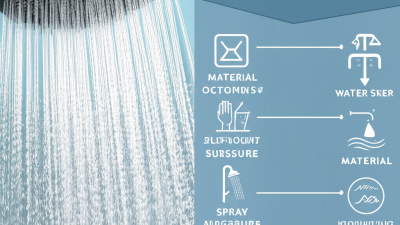
Understanding Different Types of Rainfall Shower Heads and Their Features
When choosing the perfect rainfall shower head for your bathroom upgrade, it’s essential to understand the different types available and their unique features. Rainfall shower heads typically come in two varieties: wall-mounted and ceiling-mounted. Wall-mounted models are installed directly onto the wall and offer an adjustable angle, making them versatile for various user heights. In contrast, ceiling-mounted rainfall shower heads provide a luxurious experience that mimics a gentle rain from above, ideal for creating a spa-like atmosphere.
Tips for selecting the right rainfall shower head include considering water flow rate and pressure. Look for models that offer a balanced flow rate that suits your home’s water pressure. Additionally, features such as multiple spray patterns and easy-to-clean nozzles can enhance your showering experience. Another factor to consider is the finish of the shower head, which should match your bathroom decor for a cohesive look.
Lastly, take into account the size of the shower head. Larger heads deliver a wider coverage area, which is excellent for those who enjoy immersive showers. However, it's crucial to ensure that your shower space can accommodate the larger size without feeling cramped.
Key Factors to Consider for a Successful Rainfall Shower Head Installation
When selecting a rainfall shower head for your bathroom upgrade, several key factors warrant careful consideration to ensure a successful installation and optimal performance. First and foremost, water flow rate is crucial. According to the U.S. Environmental Protection Agency (EPA), low-flow shower heads are designed to use no more than 2.0 gallons per minute (GPM). Choosing a rainfall shower head that adheres to this standard not only conserves water but also aligns with modern sustainability practices, making it a wise choice for eco-conscious homeowners.
Another critical factor is the size and height of your shower space. The typical rainfall shower head measures between 8 to 12 inches in diameter, which offers a full coverage experience. However, if your shower has a lower ceiling, a smaller or adjustable model may be necessary. Additionally, the installation mechanism—whether it's wall-mounted or ceiling-mounted—can significantly affect your overall design. A report by the National Kitchen and Bath Association (NKBA) highlights that properly positioned shower heads can enhance user experience, making this a vital aspect to plan during your bathroom upgrade.
How to Measure Your Bathroom Space for the Optimal Shower Head Size
When upgrading your bathroom, selecting the right size of a rainfall shower head is crucial for both aesthetics and functionality. According to a report by the National Kitchen & Bath Association (NKBA), an optimal shower experience typically features a head that provides a coverage area of about 6 to 8 inches. This measurement ensures sufficient water flow while maintaining a luxurious feel. Understanding your bathroom layout will help you decide where to position the shower head for maximum comfort and efficiency.
To measure your space accurately, start by assessing the height of your shower stall or bathtub. The recommended installation height for a rainfall shower head is approximately 80 inches from the floor. This allows for ample overhead coverage, accommodating various user heights. Additionally, ensure that the width of your shower area is at least 32 inches to prevent water from splashing outside the designated space, which can lead to safety hazards and water waste. Keep these measurements in mind, as they will guide you in selecting the perfect shower head that complements both your space and your showering preferences.
Optimal Shower Head Sizes Based on Bathroom Dimensions
Exploring Material Options and Their Impact on Durability and Style
When selecting a rainfall shower head, the choice of materials plays a crucial role in both durability and aesthetic appeal. Common materials include stainless steel, brass, and plastic.
Stainless steel is highly regarded for its resistance to rust and corrosion, ensuring a long-lasting fixture that maintains its shine over time. Its modern finish not only complements contemporary bathroom designs but also adds a touch of elegance to more traditional settings.
Brass, another popular choice, offers excellent durability and a classic look. It has natural antimicrobial properties, making it a hygienic option for bathroom fixtures. However, it may require periodic polishing to maintain its luster, which could be a consideration for those seeking low maintenance. On the other hand, plastic shower heads are budget-friendly and lightweight, but they may not provide the same longevity or upscale feel as metal options. Ultimately, understanding the characteristics of each material can significantly influence your choice, allowing you to balance functionality with style in your bathroom upgrade.
Budgeting for Your Rainfall Shower Head: What You Need to Know
When considering an upgrade to a rainfall shower head, budgeting is a crucial step that can greatly influence your selection. According to the 2022 Home Improvement Consumer Report, the average cost of a high-quality rainfall shower head ranges between $150 and $400, depending on the materials and features. Premium models with advanced technologies, such as water-saving mechanisms and LED lights, can even exceed $600. It's important to assess your budget not just for the shower head itself but also for installation costs, which can add an additional $100 to $300 if professional assistance is required.
Understanding the longevity and potential savings of different models can also aid in your budgeting decisions. A report from the Plumbing Manufacturers International indicates that water-efficient models can reduce water usage by up to 30%, leading to significant savings on water bills over time. When evaluating your options, consider not only the initial price tag but also how the shower head's efficiency can impact your utility costs in the long run. Investing in a quality rainfall shower head may seem costly upfront, but the benefits of comfort and savings will pay off, making it a worthwhile addition to your bathroom upgrade.
How to Choose the Perfect Rainfall Shower Head for Your Bathroom Upgrade - Budgeting for Your Rainfall Shower Head: What You Need to Know
| Feature | Description | Price Range | Water Flow Rate |
|---|---|---|---|
| Size | Available in various diameters, typically ranging from 8 to 12 inches. | $50 - $300 | 1.5 to 2.5 GPM (Gallons Per Minute) |
| Material | Common materials include stainless steel, ABS plastic, and bronze. | $40 - $250 | Variable depending on model |
| Installation Type | Wall-mounted and ceiling-mounted installations are available. | $30 - $200 | 1.5 to 3 GPM |
| Spray Patterns | Multiple spray patterns, including rain, mist, and massage options. | $60 - $400 | 1.5 to 2.5 GPM |
| Finish Options | Polished chrome, brushed nickel, oil-rubbed bronze, and more. | $50 - $300 | 1.5 to 2.2 GPM |
Related Posts
-
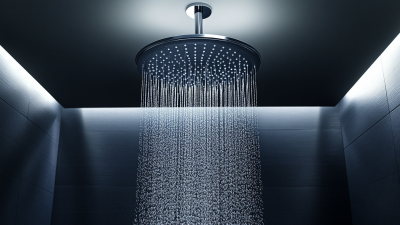
Elevate Your Bathroom Experience: 5 Examples of the Best Luxury Shower Heads Transforming Global Trends
-
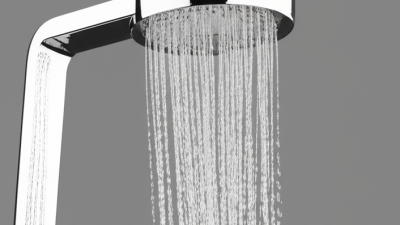
15 Best Bathroom Shower Head Options You Need to Try Today
-
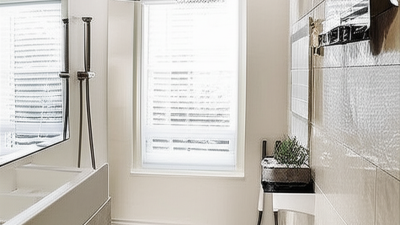
7 Best Over Head Shower Designs for Ultimate Luxury and Comfort
-
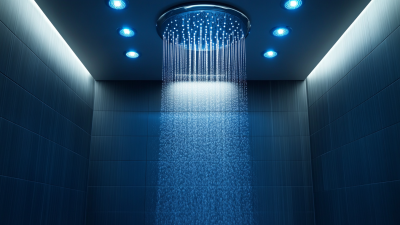
Top Head Shower Showdown Which Features Make the Best Choice for Your Bathroom
-

Unveiling the Top Stainless Steel Shower Head Choices for Ultimate Luxury
-
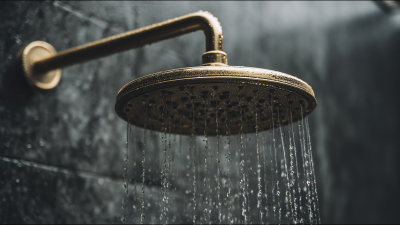
Choosing the Right Wholesale Manufacturer for Premium Shower Heads and Essential Solutions



